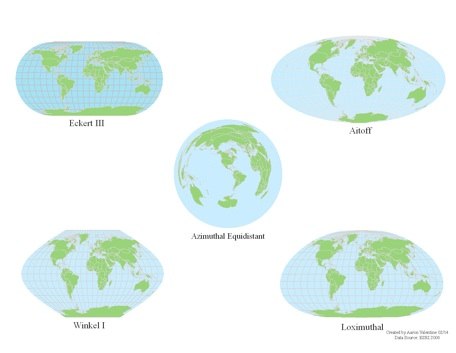About the subject
A manifold is an abstraction which generalizes the concept of embedded surface in R^3 and is the basic object studied in differential geometry. The underlying idea is similar to how cartographers describe the earth: there is a map, i.e., a plane representation, for every part of Earth and if two maps represent the same location or have an overlap, there is a unique (smooth) way to identify the overlapping points on both maps. Similarly, a manifold should look locally like R^n, i.e. there are maps which identify parts of the manifold with the flat space R^n and if two maps describe overlapping regions, there is a unique smooth way to identify the overlapping points. Most of the notions from calculus on R^n are local in nature and hence can be transported to manifolds. Further, some nonlocal constructions, such as integration, can be performed on manifolds using patching arguments.
This course will cover the following concepts:
-
• definition and examples of manifolds
-
• quotients and Lie groups,
-
• tangent and cotangent spaces as well as vector bundles,
-
• vector fields and forms, as well as sections of vector bundles,
-
• submanifolds,
-
• diffeomorphisms,
-
• distributions,
-
• tensor and exterior algebras,
-
• exterior derivative and de Rham cohomology,
-
• integration and Stoke’s theorem.
The course will also cover the following important results relating the concepts above:
-
• implicit and inverse function theorems,
-
• Cartan calculus,
-
• Frobenius theorem,
-
• Stoke’s theorem.



